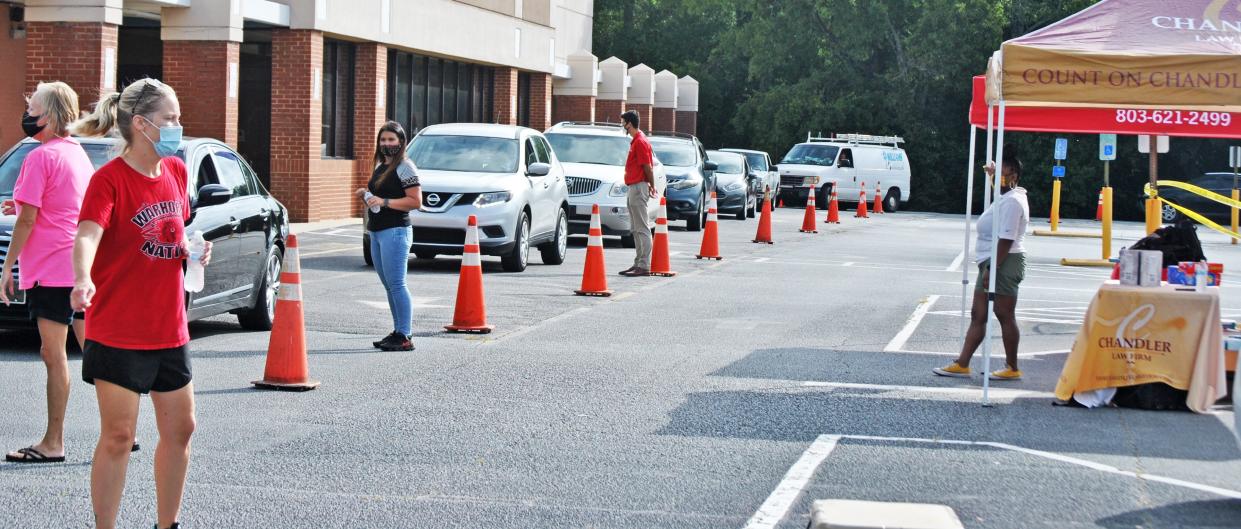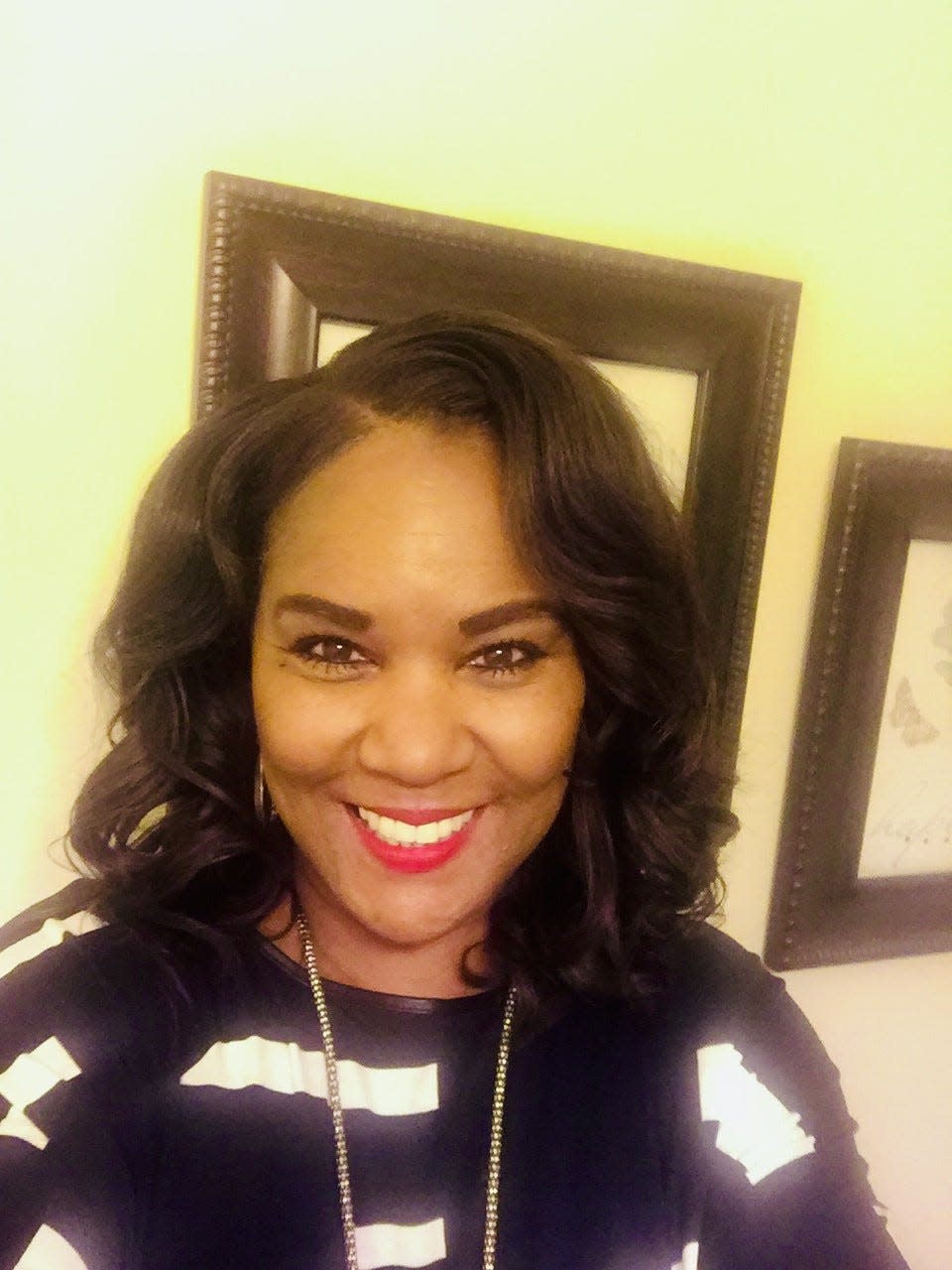Teaching during the coronavirus pandemic: protocols, obstacles and lessons learned

Dr. Dana Harris is a retired administrator with the Richmond County Public Schools.
On Friday, March 13 of 2020, the World Health Organization declared the spread of COVID-19 a worldwide pandemic. Reacting to the devastating news, schoolhouse doors at every level were sent scrambling as they closed across the United States in response to the emerging threat.
The global pandemic triggered the only lengthy, coast-to-coast disruption of American education to have ever occurred in our nation’s history.
The extraordinary nature of the emergency meant most schools and districts had to trust their teachers to carry the work of education. Teachers were moved online without feeling the confidence, preparedness and support to effectively teach in this way.
Change is scary. It is especially scary when we consider that our failures can equate to student failures. Teaching during a global pandemic certainly created several obstacles for educators. But within those constraints, failure was never an option. This was the bright spot, the silver lining. All over the country, teachers came together with their colleagues to make school happen.
It was a turning point for a profession that has long lacked autonomy. Institutions across the world switched to virtual learning, with teachers, students and local leaders quickly adapting to an entirely new way of life. Teachers had to adapt to unexpected conditions, teach in bewildering circumstances, unprecedented ways, while also being challenged to establish connections with students, families, and colleagues.
The pandemic furthermore challenged schools to create health protocols, to mitigate the risk of spreading the virus within school buildings. The traditional setting expanded to hallways or open areas to allow for social distancing. The cafeteria no longer was used by the students, rather meals were individually packaged and delivered to them in their respective learning areas.
Custodial teams were frequently disinfecting high touch surfaces. Hand sanitizers and masks joined the ranks of notebooks and pencils as common supplies found in classrooms. School buses were filled at half of their capacity. Screening protocols were put in place, including temperature checks and symptom questionnaires and visitor access to the school buildings were restricted.
More from Dana Harris: School shootings are a central concern for all of us
While developing safety protocols, school teams never strayed from the commitment to serve students with excellence. This was all occurring simultaneously under a cloud of anxiety, exhaustion and even fear that comes with living and working through a pandemic.
The coronavirus pandemic upended almost every aspect of school at once. It was not just the move from classrooms to computer screens. It tested basic ideas about instruction, attendance, testing, funding, the role of technology and the human connections that held it all together.
Threats to learning and the well-being of teachers as well as students during the pandemic reminded educators, policymakers and society about the important work that goes on in schools. The gift of a crisis is that it reveals to us what really matters. And this crisis has revealed what matters most in education.
The harm inflicted by the pandemic goes beyond academics. Students didn’t just lose academic learning during the pandemic. Some lost family members; others had caregivers who lost their jobs and source of income, and almost all experienced social isolation. These pressures have taken a toll on students of all ages. The mental health struggles of the nation’s schoolchildren will certainly outlast the pandemic, and so too will school districts' efforts to meet this far-reaching need.
The 2020-2021 academic year was indeed a trying year for teachers, and, as a result, teachers reported a higher probability that they will leave the profession than they did before the pandemic.
However, so far, teachers’ considerations of leaving were more common than doing so, and teacher attrition rates have not increased. It remains to be seen whether they will persist as the pandemic continues and the delta variant presents new challenges for the current 2021-22 academic year.

Nevertheless, these past few years have certainly taught us the wisdom in the African proverb that "It takes a village to raise a child." There are a lot of encouraging challenges and changes that are likely to occur because of us being forced into this uncomfortable situation.
It is critically important however that we reconsider how to transform schooling, so that our kids are the sole beneficiaries. Going forward, educators can aspire to a new paradigm by using what we have learned during this pandemic; the power of relationships, incorporating innovative instructional models and establishing effective community-business partnerships.
In the meantime, we should work together to control community spread, adopt school mitigation methods, and facilitate a supportive work environment to help teachers navigate the uncertainty of yet another school semester in the pandemic.
The reality is what we have already learned over these past two years is going to change education forever.
This article originally appeared on Augusta Chronicle: From remote learning to social distancing: education has changed

